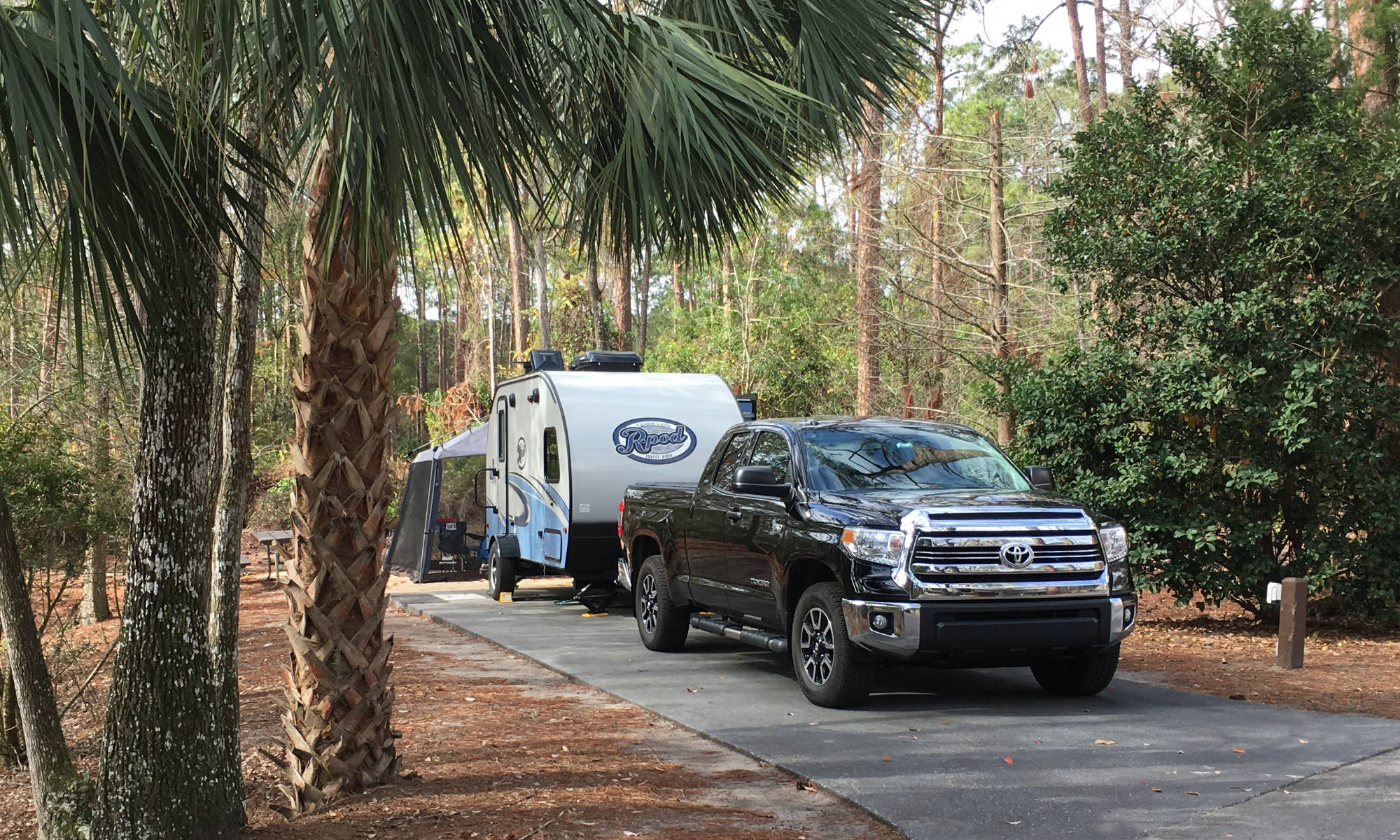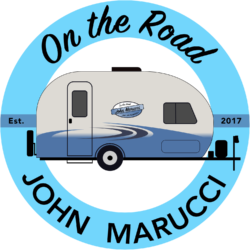Click here to sign up for reminders when new blogs are posted.
Today we’ll be discussing RV warranty issues and expectations. As an FYI, we do have a video about warranty basics on the channel (see link to video below). First, it’s important to understand that RV dealers do not operate like car dealerships. You can go to any Toyota dealer with a warranty claim on your Toyota vehicle, but it doesn’t work this way with RVs. RV dealers are independent, and a non-selling dealer is NOT required to prioritize or even process your warranty claim.
When I was having warranty issues with my R-Pod 179, I really didn’t want to travel the 150 miles back to my selling dealer near Toledo Ohio to have it looked at. This is what Forest River said I needed to do. I called a local R-Pod dealer and they would not work on the warranty claim without me paying upfront, leaving me to wrestle with the factory for reimbursement.

So, let’s understand some aspects of the warranty. First, the overall warranty is very similar to bumper-to-bumper coverage on your vehicle. Here is what Keystone RV’s warranty language says: “The keystone limited base warranty covers your RV for a period of (1) year from the date of purchase by the original owner. Transferable during the warranty period. The limited warranty covers defects in materials & workmanship supplied by and attributed to keystone’s manufacturing & assembly of the RV.” Notice especially that the 1-year overall warranty is transferrable, meaning that if you bought a used RV less than a year old, the remainder of the warranty would be intact.
Forest River, on the other hand is very different. Here is their warranty language: Forest River, “…warrants to the ORIGINAL CONSUMER PURCHASER ONLY, when purchased from an authorized Forest River Inc. dealer, for a period of one (1) year from the date of purchase (Warranty Period), that the body structure of this recreational vehicle shall be free of substantial defects in materials and workmanship attributable to Warrantor.” Notice that in this case were you to buy a used RV less than year old, the remainder of your warranty would NOT be intact.
Besides the overall warranty, the structural warranty usually covers chassis and frame, floors, walls and roof. Here again is the Keystone structural warranty: “The limited structural warranty covers your RV for a period of three (3) years from the date of purchase by the original owner. Transferable during the warranty period. The structural warranty COVERS DEFECTS IN MATERIALS AND WORKMANSHIP ATTRIBUTABLE TO KEYSTONE RV MANUFACTURING AND ASSEMBLY OF THE STRUCTURAL PORTION OF YOUR RV.” Notice that Keystone again is allowing their warranty to be transferrable to the next owner if the unit is sold within the warranty period. Forest River doesn’t have an additional structural warranty beyond the 1-year overall warranty.
Many RVs have separate roof warranties. The roof warranties usually have a longer warranty period. This is mainly so for non-fiberglass TPO roofs. Some of the larger R-Pods have such a roof and you should understand the corresponding warranty period. Make sure you fully understand any roof warranties and the required maintenance on such a warranty.
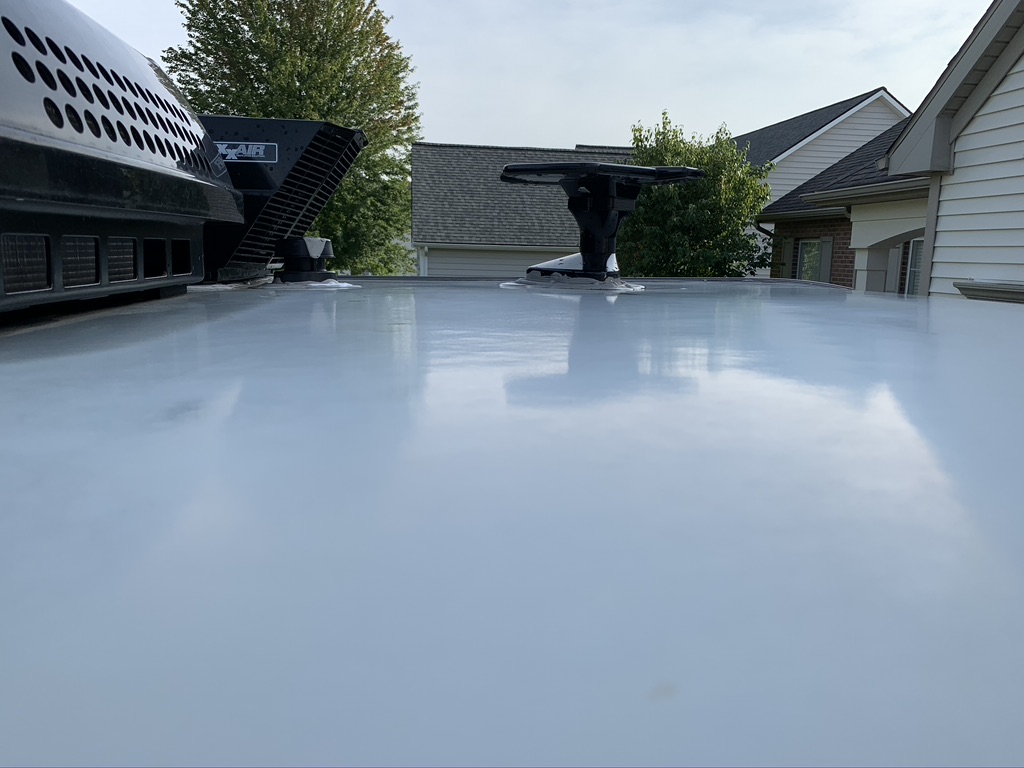
There are also component warranties. For example, your RV power converter, refrigerator, A/C, and other appliances usually have different warranty periods. When the power converter failed on my R-Pod 179 after 18 months, I used the 2-year warranty from manufacturer, WFCO, to get a free replacement. Forest River sent me directly to WFCO since it was an extended warranty claim and happened after the 1-year factory warranty had expired (watch the video on replacing the power converter).
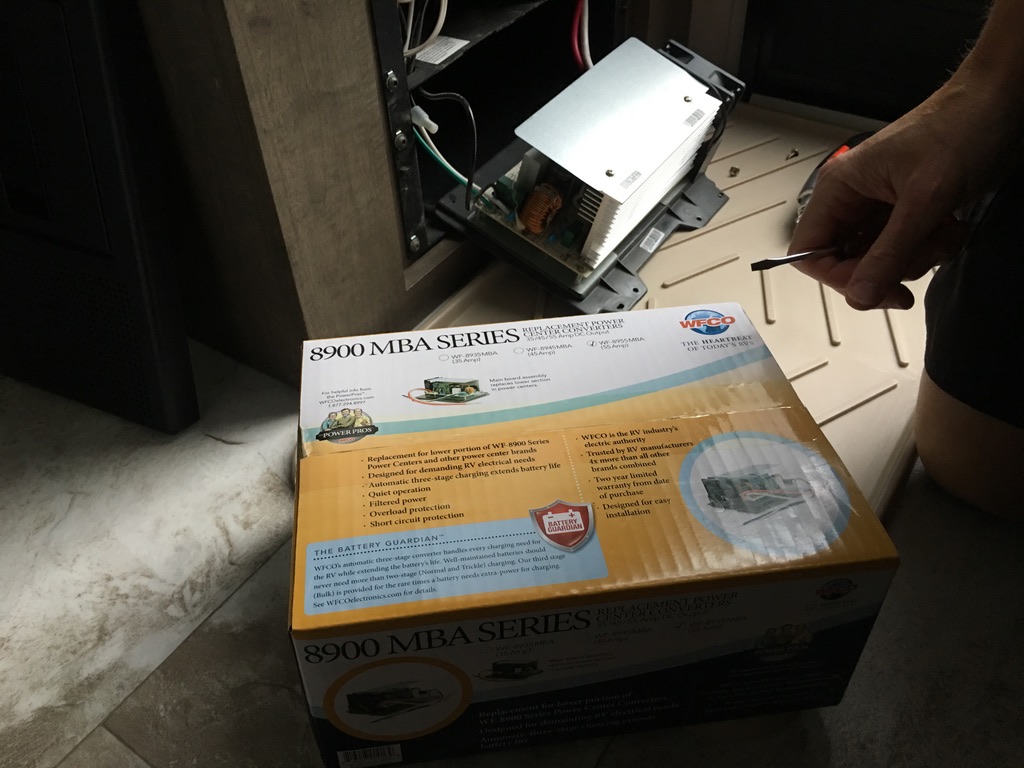
There are several ways to make a warranty…
Through your dealer. This is likely the first call to make for any warranty claim. Your purchasing dealer is equipped to manage most warranty claims. Distance from your dealer is an issue many times, so discuss this with your dealer to ensure you can get warranty work completed if you are at a distance.
At the factory. Some warranty claims are beyond the ability of your dealer and will get referred to the manufacturer. This is usually for more serious structural issues. This is generally a large inconvenience, but often the manufacturer will make things right with enough time. I have had good and bad experiences in this regard, and the two videos detailing my floor warranty claim will enlighten you on what you may have to deal with. Remember that if your RV is under warranty, the dealer or manufacturer is obliged to fix it, but they are not obliged to recompense you for time use lost on the trailer.
From the factory. Sometimes the manufacture will simply send you requested parts to fix a warranty claim if you are willing to the repair yourself. This happened when my R-Pod 179’s shower surround separated from the bathroom wall. Forest River mailed me factory rivets and industrial double-sided tape to do the repair.
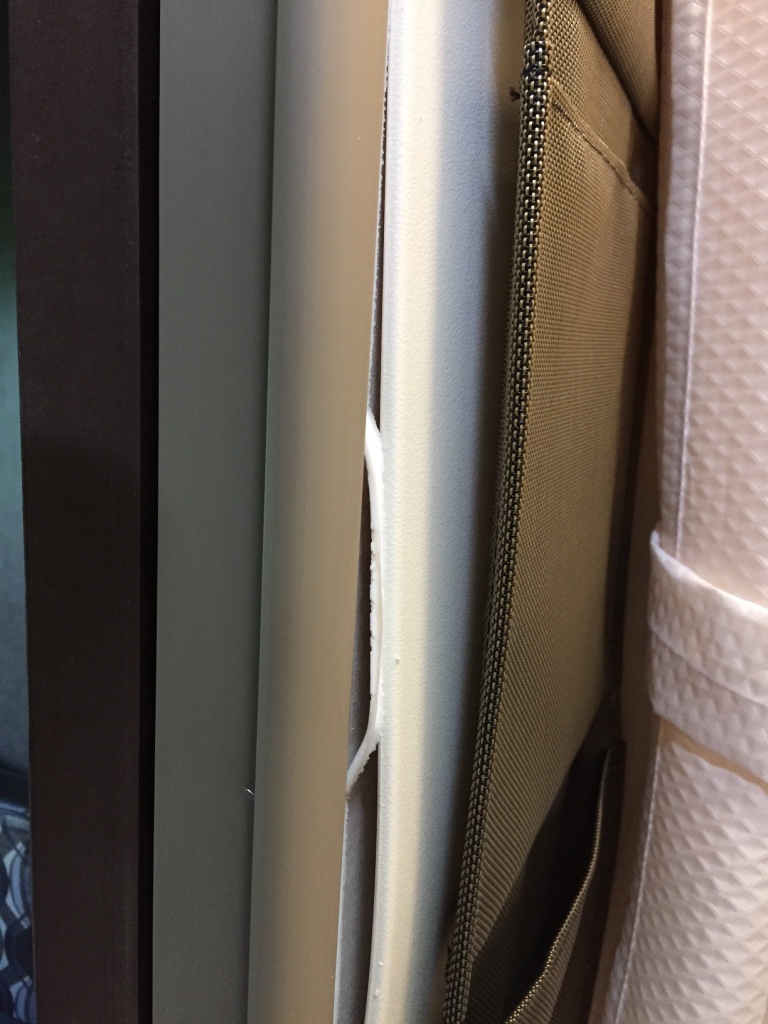
From the component manufacturer. In the case on my bad power converter on the R-pod 179, WFCO sent a replacement converter directly to me for replacement. This will often be the case if the component warranty extends farther than the overall warranty from the manufacturer.
So, how do we level-set expectation when working through a warranty claim with a dealer? First, report any issues early. Email your dealer with the warranty claim specifics pretty much as soon as you discover them. This will provide a paper trail of your claim. Next, see if you can get any warranty items preapproved through your dealer with the manufacturer. Your dealer interacts with the manufacturer’s warranty department regularly, so this should be something your dealer can at least inquire about. Also, discuss the potential time frame, so you can try to minimize your time without your trailer. Ideally, the dealer will get preapproval and have some parts waiting upon your arrival.
Managing Expectations is important and being firm but friendly with your dealer can go a long way. The old saying, “the squeaky wheel gets the grease” is nowhere more appropriate than with RVs. I have yet to find any dealer who is great at communications. You’ll often need to be polite but persistent to get your work prioritized.
There is a saying, “it is as often as important to find a good dealer as a good trailer.” I fully agree. Buying locally is what manufacturers recommend, however, this is only a good idea if it is. I’ve had good and not-so-good experiences buying locally.
There is no great solution here. You likely can save real money buying far away, but it may bite you on warranty difficulties afterward. On the other hand, buying locally at a higher cost is no guarantee of good ongoing service. I guess my take is buy locally if at all possible and expect some warranty work in the first year. If your local dealer balks at prioritizing you for service complain, reminding them that you bought locally from them for the reason of better service. Research feedback on local dealers and also be aware of what it means if you do buy at a distance. I’m not against buying cheaper far away, I’m just very cautious as to what, if any, follow up can be done afterward.
All the best on your camping endeavors!
We’d love for you to join the On The Road Team by subscribing to the YouTube channel. If you want to dive deeper, we put more content and photos on Instagram and Twitter @JohnMarucci. You can also follow John on Facebook @JohnMarucciOnTheRoad.
As always, thanks to our teammates who support the channel by watching the YouTube Ads and by starting their shopping from the On The Road Amazon Storefront at: amazon.com/shop/johnmarucci. Your support is greatly appreciated!
Watch the more than 100 videos from John Marucci – On The Road!
